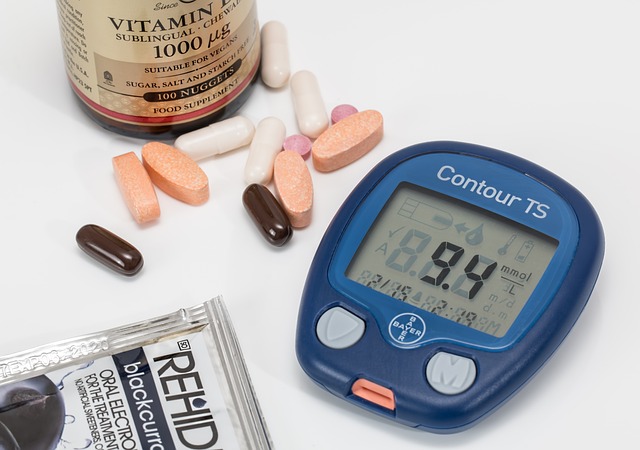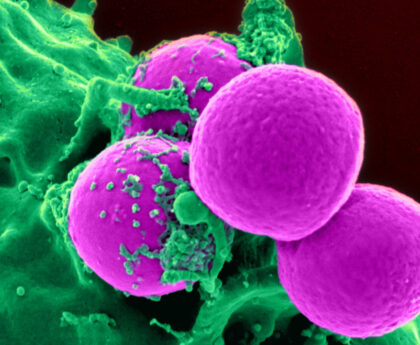How to Reduce Blood Sugar Effectively
Managing blood sugar levels is crucial for maintaining good health, especially for those with diabetes or at risk of developing the condition. High blood sugar, or hyperglycemia, can lead to serious health complications if not controlled. In this comprehensive guide, we will explore various strategies and lifestyle changes to effectively reduce blood sugar levels and promote overall well-being.
Understanding Blood Sugar Levels
Blood sugar, or blood glucose, is the main sugar found in the blood and is a primary source of energy for the body’s cells. It comes from the food we eat, particularly carbohydrates, which are broken down into glucose and released into the bloodstream. The hormone insulin, produced by the pancreas, helps cells absorb glucose for energy or storage.
Normal Blood Sugar Levels
- Fasting Blood Sugar: 70-99 mg/dL
- Postprandial (after eating) Blood Sugar: Less than 140 mg/dL
- HbA1c (average blood sugar over three months): Less than 5.7%
High Blood Sugar Levels
- Fasting Blood Sugar: 100-125 mg/dL (prediabetes); 126 mg/dL or higher (diabetes)
- Postprandial Blood Sugar: 140-199 mg/dL (prediabetes); 200 mg/dL or higher (diabetes)
- HbA1c: 5.7-6.4% (prediabetes); 6.5% or higher (diabetes)
Effective Strategies to Reduce Blood Sugar Levels
1. Adopt a Healthy Diet
Diet plays a pivotal role in managing blood sugar levels. Here are some dietary tips to help reduce blood sugar:
a. Choose Low Glycemic Index (GI) Foods
Foods with a low GI are absorbed more slowly, causing a gradual rise in blood sugar levels. Examples include:
- Whole grains (brown rice, quinoa, oats)
- Non-starchy vegetables (broccoli, spinach, kale)
- Legumes (lentils, chickpeas, black beans)
- Fruits (berries, apples, pears)
b. Increase Fiber Intake
Fiber slows down the absorption of sugar and improves blood sugar levels. Include high-fiber foods such as:
- Vegetables
- Fruits
- Whole grains
- Legumes
- Nuts and seeds
c. Opt for Healthy Fats
Healthy fats can help stabilize blood sugar levels. Sources of healthy fats include:
- Avocados
- Nuts and seeds
- Olive oil
- Fatty fish (salmon, mackerel, sardines)
d. Control Portion Sizes
Eating large portions can lead to spikes in blood sugar levels. Use smaller plates, measure servings, and be mindful of portion sizes to help manage blood sugar.
2. Regular Physical Activity
Exercise helps the body use insulin more effectively, which can lower blood sugar levels. Aim for at least 150 minutes of moderate aerobic activity or 75 minutes of vigorous activity per week, along with strength training exercises.
Types of Exercises to Consider:
- Aerobic Exercise: Walking, jogging, swimming, cycling
- Strength Training: Weight lifting, resistance band exercises, bodyweight exercises
- Flexibility and Balance Exercises: Yoga, tai chi
3. Maintain a Healthy Weight
Losing weight, if overweight, can improve insulin sensitivity and reduce blood sugar levels. Even a modest weight loss of 5-10% of body weight can make a significant difference.
4. Monitor Blood Sugar Levels
Regular monitoring helps you understand how different foods, activities, and medications affect your blood sugar. Use a glucometer to check your levels as recommended by your healthcare provider.
5. Stay Hydrated
Drinking plenty of water helps kidneys flush out excess sugar through urine. Aim for at least 8 glasses of water a day, and avoid sugary drinks that can raise blood sugar levels.
6. Get Enough Sleep
Poor sleep can affect blood sugar levels and insulin sensitivity. Aim for 7-9 hours of quality sleep per night. Establish a regular sleep schedule, create a restful environment, and avoid screens before bedtime.
7. Manage Stress
Chronic stress can raise blood sugar levels by triggering the release of stress hormones like cortisol. Practice stress management techniques such as:
- Mindfulness and Meditation: Helps reduce stress and improve emotional well-being
- Deep Breathing Exercises: Can lower heart rate and stress levels
- Physical Activity: Exercise is a natural stress reliever
- Hobbies and Relaxation: Engage in activities you enjoy to relax and unwind
8. Limit Alcohol Consumption
Alcohol can cause both high and low blood sugar levels, depending on the amount consumed and whether it is combined with food. If you choose to drink, do so in moderation and monitor your blood sugar levels.
9. Avoid Smoking
Smoking increases the risk of developing type 2 diabetes and can worsen blood sugar control. Quitting smoking improves overall health and helps manage blood sugar levels.
10. Take Medications as Prescribed
If you are prescribed medications to manage your blood sugar, take them exactly as directed by your healthcare provider. This includes insulin and oral medications that help regulate blood sugar levels.
Foods That Help Reduce Blood Sugar Levels
In addition to the general dietary tips mentioned above, certain foods have specific properties that help lower blood sugar levels:
1. Cinnamon
Cinnamon has been shown to improve insulin sensitivity and lower blood sugar levels. Add it to your meals, smoothies, or tea for a delicious and healthy boost.
2. Apple Cider Vinegar
Apple cider vinegar can improve insulin sensitivity and lower blood sugar levels, especially when taken before meals. Mix 1-2 tablespoons with water and drink before eating.
3. Fenugreek
Fenugreek seeds are rich in soluble fiber, which helps control blood sugar levels. Soak the seeds in water overnight and consume the water on an empty stomach.
4. Bitter Melon
Bitter melon contains compounds that have insulin-like effects and can help lower blood sugar levels. It can be consumed as a juice, tea, or in cooked dishes.
5. Berberine
Berberine, a compound found in several plants, has been shown to lower blood sugar levels and improve insulin sensitivity. It can be taken as a supplement after consulting with a healthcare provider.
6. Chromium and Magnesium-Rich Foods
Both chromium and magnesium play a role in carbohydrate metabolism and blood sugar control. Include foods like broccoli, green beans, nuts, seeds, and whole grains in your diet.
Monitoring and Professional Support
Regular Check-ups
Regular check-ups with your healthcare provider are essential for monitoring blood sugar levels and overall health. They can adjust your treatment plan as needed and provide personalized advice.
Diabetes Education
Consider joining a diabetes education program or support group. These programs provide valuable information on managing diabetes and offer support from others who understand the challenges.
Use Technology
There are numerous apps and devices available that can help you track your blood sugar levels, diet, and physical activity. Utilizing these tools can provide valuable insights and help you stay on track with your goals.
Conclusion
Effectively reducing blood sugar levels involves a comprehensive approach that includes a healthy diet, regular physical activity, weight management, and lifestyle changes. By adopting these strategies and working closely with your healthcare provider, you can achieve better blood sugar control and improve your overall health.
Remember, managing blood sugar is a continuous process that requires commitment and consistency. Start with small changes and gradually incorporate more healthy habits into your routine. With time and effort, you can successfully reduce your blood sugar levels and enjoy a healthier, more vibrant life.





